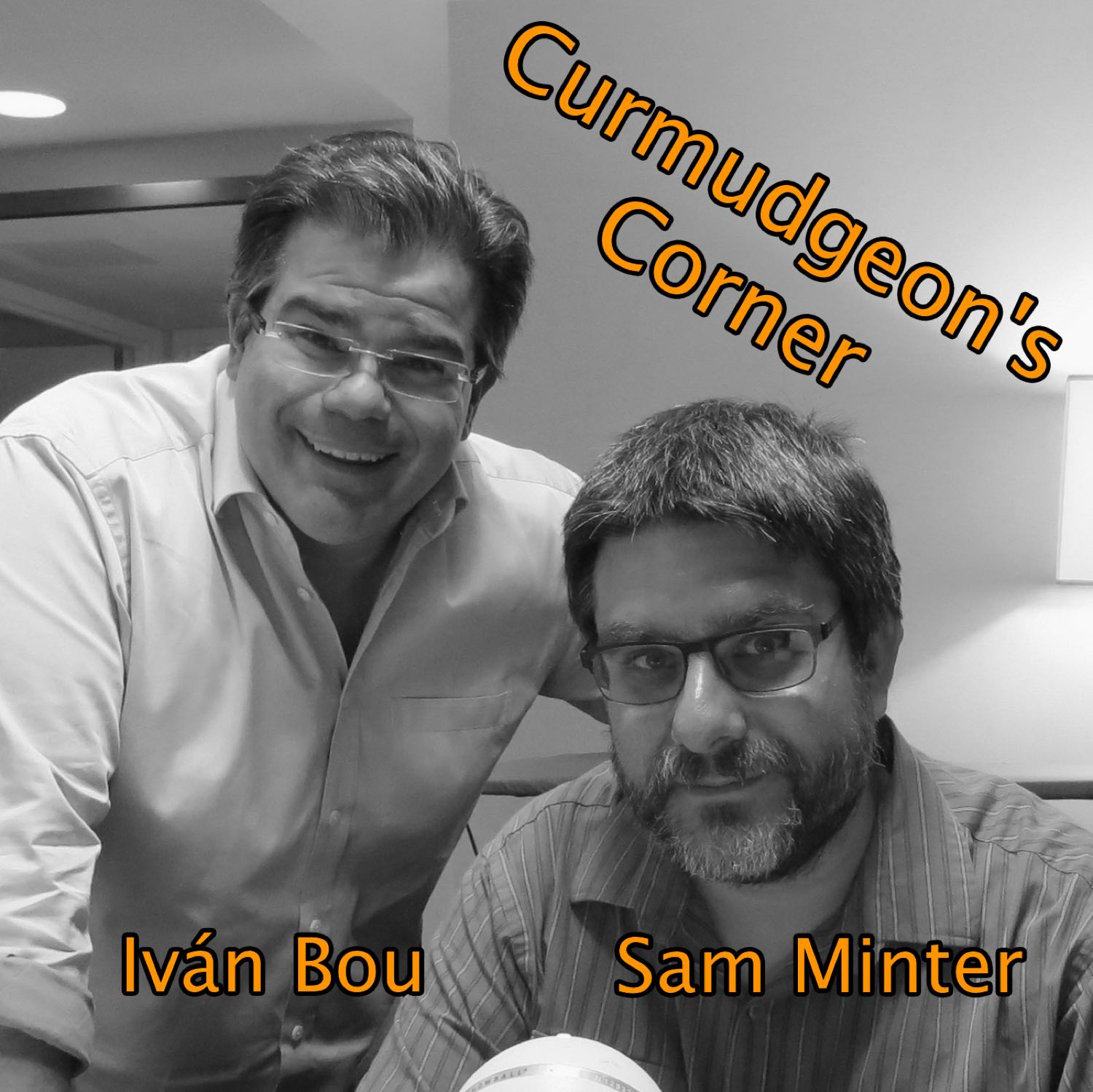Episode 2849
Virgo interferometer
Fri, 2025-Feb-21 00:51 UTC
Length - 3:37
Direct Link
Welcome to Featured Wiki of the Day, your daily dose of knowledge from Wikipedia’s finest articles.
The featured article for Friday, 21 February 2025 is Virgo interferometer.
The Virgo interferometer is a large-scale scientific instrument near Pisa, Italy, for detecting gravitational waves. The detector is a Michelson interferometer, which can detect the minuscule length variations in its two 3-km (1.9 mi) arms induced by the passage of gravitational waves. The required precision is achieved using many systems to isolate it from the outside world, including keeping its mirrors and instrumentation in an ultra-high vacuum and suspending them using complex systems of pendula.
Between its periodical observations, the detector is upgraded to increase its sensitivity. The observation runs are planned in collaboration with other similar detectors, including the two Laser Interferometer Gravitational-Wave Observatories (LIGO) in the United States and the Japanese Kamioka Gravitational Wave Detector (KAGRA), as cooperation between several detectors is crucial for detecting gravitational waves and pinpointing their origin.
It was conceived and built when gravitational waves were only a prediction of general relativity. The project, named after the Virgo galaxy cluster, was first approved in 1992 and construction was completed in 2003. After several years of improvements without detection, it was shut down in 2011 for the "Advanced Virgo" upgrades. In 2015, the first observation of gravitational waves was made by the two LIGO detectors, while Virgo was still being upgraded. It resumed observations in early August 2017, making its first detection on 14 August (together with the LIGO detectors); this was quickly followed by the detection of the GW170817 gravitational wave, the only one also observed with classical methods (optical, gamma-ray, X-ray and radio telescopes) as of 2024.
Virgo is hosted by the European Gravitational Observatory (EGO), a consortium founded by the French Centre National de la Recherche Scientifique (CNRS) and the Italian Istituto Nazionale di Fisica Nucleare (INFN). The broader Virgo Collaboration, gathering 940 members in 20 countries, operates the detector, and defines the strategy and policy for its use and upgrades. The LIGO and Virgo collaborations have shared their data since 2007, and with KAGRA since 2019, forming the LIGO-Virgo-KAGRA (LVK) collaboration.
This recording reflects the Wikipedia text as of 00:51 UTC on Friday, 21 February 2025.
For the full current version of the article, see Virgo interferometer on Wikipedia.
This podcast uses content from Wikipedia under the Creative Commons Attribution-ShareAlike License.
Visit our archives at wikioftheday.com and subscribe to stay updated on new episodes.
Follow us on Mastodon at @wikioftheday@masto.ai.
Also check out Curmudgeon's Corner, a current events podcast.
Until next time, I'm long-form Ruth.
|
|


